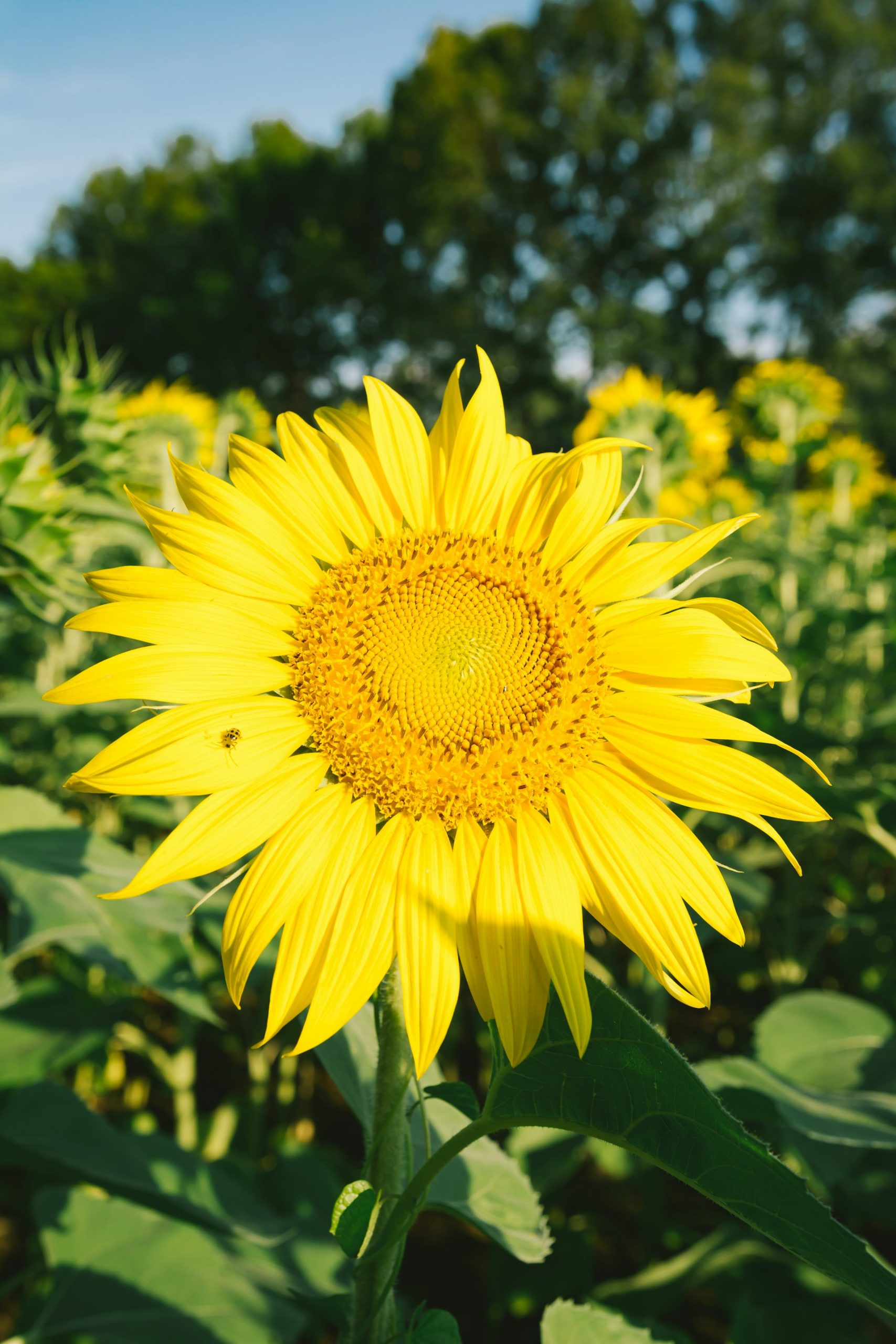Introduction
There is something magical about witnessing a fleet hummingbird fluttering around your garden. These remarkable birds not only add life and vibrancy to any outdoor space but also help in plant pollination. But how does one attract hummingbirds into their yard? One of the most effective and eco-friendly ways is by planting fast-growing and Maryland-native flowers. This paper focuses on providing comprehensive information aimed at US-based outdoors and nature enthusiasts on flowers that grow quickly and those indigenous to Maryland that attract hummingbirds. We’ll explore common hummingbird species in Maryland, the splendor of native Maryland flowers attracting hummingbirds, optimal soil types for these flowers, and varying geographical considerations within Maryland.
Understanding Hummingbirds in Maryland
The dominant species of hummingbird in Maryland is the Ruby-throated Hummingbird (Archilochus colubris). Known for its iridescent green hue and brilliant reddish-orange throat (particularly in mature males), this species of hummingbird is mostly found in open woodlands, forests, meadows, suburban parks, and gardens. Ruby-throated hummingbirds have a strong preference for tubular flowers, especially those showcasing the colors of red, orange, yellow, purple, and blue, which they associate with rich nectar sources – their main diet.
Fast-Growing and Native Flowers for Maryland Gardens
Maryland gardens can flourish with a variety of flowers that not only grow quickly but are prime sources of nectar for hummingbirds. Here we will explore both the fastest-growing flowers for hummingbirds in Maryland and the native Maryland flowers attracting hummingbirds.
- Beebalm (Monarda spp.): This fast-growing perennial blooms from July to September, prefers moist soil and full sun exposure, and showcases vibrant flowers, making it highly attractive to hummingbirds.
- Cardinal Flower (Lobelia cardinalis): Blooming from July through September, it thrives best in moist environments.
- Jewelweed (Impatiens capensis): A spectacular annual species that is used to moist soil and partial shade conditions.
- Trumpet Honeysuckle (Lonicera sempervirens): A Maryland native vine featuring scarlet and orange tubular flowers attracting hummingbirds throughout the growing season, from spring to fall, under full sun to partial shade.
- Red Buckeye (Aesculus pavia): This small deciduous tree/shrub blooms with vibrant red flowers under full sun exposure and well-drained soils.
- Eastern Columbine (Aquilegia canadensis): A Maryland native species attracting hummingbirds with its red and yellow bell-like flowers from April to July, and thrives in part shade to part sun locations.
- Milkweed (Asclepias sp.): Blooming from June to August, it is a rich nectar source for hummingbirds, and an essential plant for monarch butterflies.
- Purple Coneflower (Echinacea purpurea): This native perennial thrives in dry soils, blooms from June to October, and attracts a wide variety of pollinators, including hummingbirds.
Planting and Care for Optimal Growth
The allure of hummingbird-preferred flower colors is only effective if these flowers are adequately cared for. The following fundamental practices make wonders.
- Soil Types and Preparation: Loam soil, a balanced blend of sand, silt, clay, and organic matter, is ideal for most flowers due to its balanced texture and nutrients. This soil type drains well while retaining enough moisture and nutrients, making it optimal for flowers.
- Watering and Moisture Needs: Regular watering schedules are critical as different flowers have varying moisture requirements. For instance, Bee Balm prefers moist soil while Purple Coneflower requires dry soil.
- Sunlight and Environmental Conditions: Most flowers, such as Bee Balm and Cardinal Flower, need lots of sunlight. Therefore, placing them in spots where they have full access to sunlight can significantly impact their growth and blooming.
- Pesticide Use: It’s crucial to minimize the use of pesticides, opting for natural pest control methods when possible, so as to not harm the pollinators.
- Nectar Feeders: These can supplement flower nectar, especially in the early spring before most flowers bloom. Mix four parts of water with one-part plain white sugar, boil, cool, and the nectar solution is ready.
Special Regional Considerations
We must also take into consideration how the northern and southern regions of Maryland may affect flower growth and the attractiveness to birds. Northern Maryland, with its slightly cooler conditions, may slightly delay blooming and thus hearty perennials like Bee Balm and Purple Coneflower can be worth focusing on. Southern Maryland, with milder winters and longer growing seasons, is favorable for Trumpet Creeper and Red Buckeye. Consider local rainfall averages and microclimates when selecting flowers.
- Longer-term Projects: If willing to invest more time and patience, consider Virginia Bluebells and Turk’s Cap Lily. These flowers are a little slower to establish but offer invaluable early and late-season nectar sources.
- Soil Improvement Projects: For better flower growth, long-term soil conditioning can be considered.
Conclusion
Bringing your garden to life with the buzz of hummingbirds is easier than it might seem. With fast-growing, nectar-rich, and brightly colored flowers, you can create a vibrant, hummingbird-friendly garden. Maryland-native flowers are an added bonus: they are adapted to the local climate and, besides attracting hummingbirds, they encourage local biodiversity. Follow the described planting and care tips, consider regional differences, and you’re on a sure path to success in creating an irresistible habitat for hummingbirds while adding aesthetic appeal to your garden.

